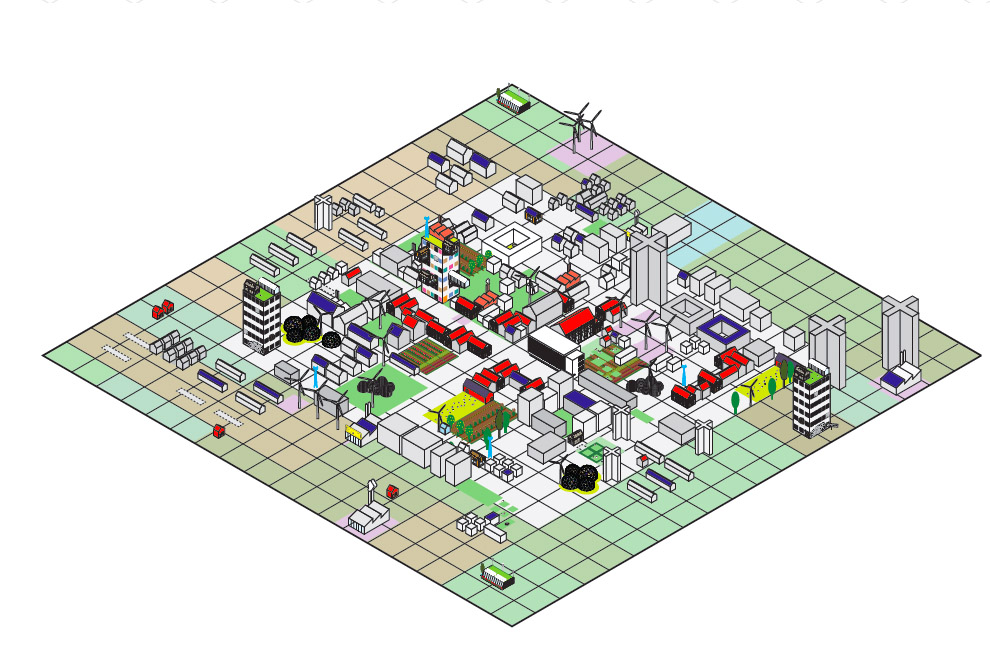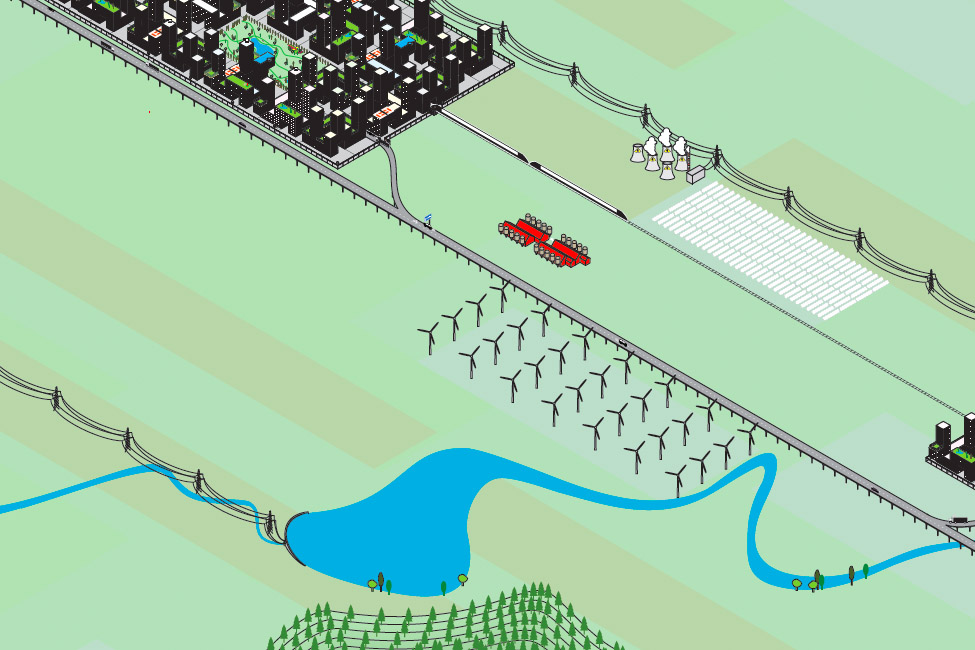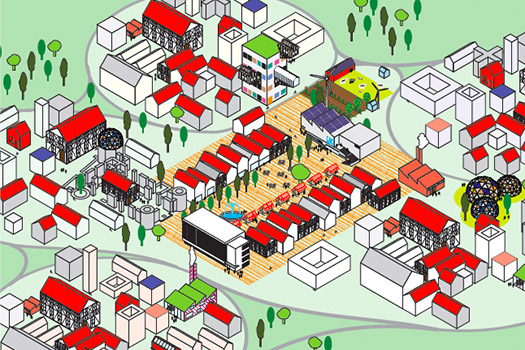
Concepeption of an Atlas of Building Culture Germany 2030/2050 – Scenarios and Paradigms for the "Lived-in Environment" in Germany
Conception, moderation and documentation of four scenario-workshops on the future of building culture in Germany (1 kick-off meeting and 3 future worlshops); about 100 participants
client: BMUB, BBSR
run-time: 2011 – 2014
Starting point
Under the guiding question "how will German building culture develop in the long-term?", the experimental research- and workshop format "Baukulturatlas Deutschland 2030/2050" on behalf of the Federal Ministry for the Environment, Nature Conservation, Building and Nuclear Safety (BMUB) – formerly Federal Ministry for Transportation, Building and Urban Development (BMVBS) – and the Federal Institute for Research on Building, Urban Affairs and Spatial Development (BBSR) aims at executing a future-oriented, interdisciplinary interpretation of Germany's human-shaped territory. “Baukultur” commonly includes the creation and handling of the “built environment”. The documented project “Baukulturatlas Deutschland 2030/2050” attempts to extend this definition of “Baukultur” to be understood not only as built, but as “lived-in environment”. This broader understanding of Baukultur as the lived-in environment refers to processes of appreciation that will be changed through usage, creation and perception. This not only changed the view of the stakeholder that are involved in architectural processes, rather Baukultur is embedded in a holistic, process-oriented context.
Problem Statement
Today, Germany’s landscapes are under a great pressure to change. Although the population currently does not rise, the consumption of settlement and traffic area are on a constant rise. These developments are related to the energy transition in the field of renewable energies, power generation, networks and storage capacities, as well as traditional power plants and mobility, production, communications and consumer behaviour. These transition effects will affect land use and will derogate landscape to a high degree. The face of Germany will change significantly in coming decades. Against this background, the concept of the “Baukulturatlas Deutschland 2030/2050” (working title) is to develop an interpretation of the territory of Germany. Starting from the representation of the current state, the project puts its focus on long-term speculations that might lead to spatial changes in our cities and landscapes in the future. The period goes beyond relatively safe assumptions on spatial planning agendas of the BBSR (up to about 2030) and extends out to about 2050.
Methodological Approach
The methodological approach of the project focussed on the merger of normally separated applications of planning tools and displays by using the scenario analysis – a tool that is used in the strategic long-term planning. By adapting the scenario technique to the task, specific-representational ways of architectural work have been transferred to the description of large-scale correlations. In addition, geographically-based explanatory models of spatial development dynamics - even with the aid of a specially developed visual and graphic language – were transferred to social discourses.
Results
In the project period, a temporary think tank was installed (consisting of clients, contractors and other experts), who undertook the analysis of the present lived environment in regularly scheduled workshops, developed speculative scenarios for Germany 2050 and derived future paradigms for coming decades – always in terms of its built and cultural consequences. As part of the project, mosaics of a content-based, intellectual portrait of Germany were developed with the addition of diverse opinions and perspectives of an interdisciplinary expert group, which not only cast an analytical look at the current state, that were also thought together with speculations on future development possibilities. The think tank also reached across a thematic grouping effect across borders of different perspectives and responsibilities. The common process of discussion in the workshops opened up new partnerships and external stimuli that go over foreseeable existing alliances and research projects of the parties in the field of Baukultur.
From end of 2014 until 2015 the results of the "Baukulturatlas" will be edited for a publication.
Below: some illustrations of future paradigms of building culture. Developed with ONE Architecture / Amsterdam.

"In Decentralized, a typical city will be developed on a per plot basis. This creates environments with much difference: a new building may be next to a vacant old one. A house may be adjoining a small company. On each plot, the owners might express themselves individually. Because neither buildings nor public spaces are organized through larger institutions or organizations, parks are small and haphazard, mostly the result of individual efforts on neglected spaces. They are made in a very practical way, to serve as playgrounds for children, or to grow vegetables."

"Linear cities were once designed as emblems of modernisation. In many countries, highways produced corridors, with food, lodging and distribution centers at every exit. In Exclusive, the viability, growth and development of cities depends on their proximity to networks of energy, infrastructure and information, their lifeline. It results in extreme forms of linear urbanization."

"In Community-Driven, collectives, sometimes based on cultural provenance, sometimes on lifestyle, are the driver of development. In spite of the size of the metropolis itself, distinct communities, each with a diverse program, remain visible. Heritage is valued and preserved: it often becomes the distinctive marker around which community identifies itself."
All illustrations © ONE Architecture